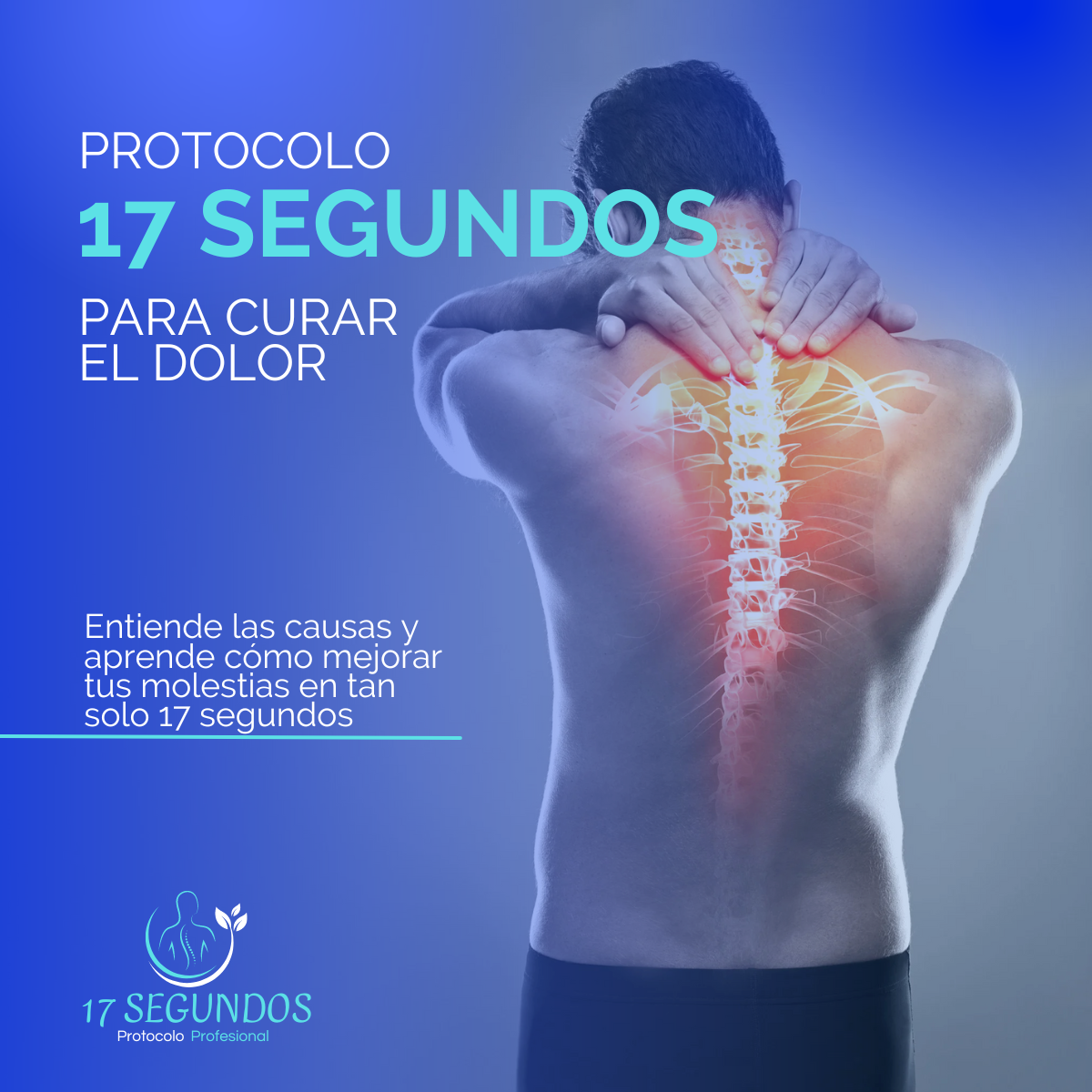CONJUNTA LIMITA TU VIDA
Descubre el potente protocolo Strong Joints

$9,99 SOLO HOY
DOS PAGOS DE $5,99

Garantía de Calidad y Satisfacción Garantizada
Tenemos tanta confianza en la calidad de nuestros productos que ofrecemos una sólida garantía de satisfacción. Si por algún motivo no está completamente satisfecho con su compra, haremos lo necesario para corregir la situación o reembolsarle el valor total. Su satisfacción es nuestra máxima prioridad y estamos comprometidos a ofrecerle un producto que satisfaga sus expectativas y necesidades.
$27,00 SOLO HOY
DOS PAGOS DE $19,44
PREGUNTAS COMUNES

$27,00 SOLO HOY
DOS PAGOS DE $19,44
RÉFÉRENCE SCIENTIFIQUE: 

1. Thomas, S. S., Kim, M., Lee, S. J., & Cha, Y. S. (2018). Antiobesity Effects of Purple Perilla (Perilla frutescens var. acuta) on Adipocyte Differentiation. *Journal of Food Science, 83*(9), 2384-2393. https://doi.org/10.1111/1750-3841.14288
2. Zhang, X., Zhang, Q. X., Wang, X., et al. (2016). Dietary luteolin activates browning and thermogenesis in mice through an AMPK/PGC1 pathway-mediated mechanism. *International Journal of Obesity (London), 40*(12), 1841-1849. https://doi.org/10.1038/ijo.2016.108
3. Pasupuleti, V. R., Sammugam, L., Ramesh, N., & Gan, S. H. (2017). Honey, Propolis, and Royal Jelly: A Comprehensive Review of Their Biological Actions and Health Benefits. *Oxidative Medicine and Cellular Longevity, 2017*, 1259510. https://doi.org/10.1155/2017/1259510
4. Zhou, S. S., Auyeung, K. K., Yip, K. M., et al. (2020). Stronger anti-obesity effect of white ginseng over red ginseng and the potential mechanisms involving chemically structural/compositional specificity to gut microbiota. *Phytomedicine, 74*, 152761. https://doi.org/10.1016/j.phymed.2018.11.021
5. Mu, Q., Fang, X., Li, X., et al. (2015). Ginsenoside Rb1 promotes browning through regulation of PPAR in 3T3-L1 adipocytes. *Biochemical and Biophysical Research Communications, 466*(3), 530-535. https://doi.org/10.1016/j.bbrc.2015.09.064
6. Kamiya, T., Nagamine, R., Sameshima-Kamiya, M., Tsubata, M., Ikeguchi, M., & Takagaki, K. (2012). The isoflavone-rich fraction of the crude extract of the Puerariae flower increases oxygen consumption and BAT UCP1 expression in high-fat diet-fed mice. *Global Journal of Health Science, 4*(5), 147-155. https://doi.org/10.5539/gjhs.v4n5p147
7. Kamiya, T., Takano, A., Matsuzuka, Y., et al. (2012). Consumption of Pueraria flower extract reduces body mass index via a decrease in the visceral fat area in obese humans. *Bioscience, Biotechnology, and Biochemistry, 76*(8), 1511-1517. https://doi.org/10.1271/bbb.120235
8. Xu, J. H., Liu, X. Z., Pan, W., & Zou, D. J. (2017). Berberine protects against diet-induced obesity through regulating metabolic endotoxemia and gut hormone levels. *Molecular Medicine Reports, 15*(5), 2765-2787. https://doi.org/10.3892/mmr.2017.6321
9. Wu, L., Xia, M., Duan, Y., et al. (2019). Berberine promotes the recruitment and activation of brown adipose tissue in mice and humans. *Cell Death & Disease, 10*(6), 468. https://doi.org/10.1038/s41419-019-1706-y
10. Kunkel, S. D., Elmore, C. J., Bongers, K. S., et al. (2012). Ursolic acid increases skeletal muscle and brown fat and decreases diet-induced obesity, glucose intolerance and fatty liver disease. *PLOS ONE, 7*(6), e39332. https://doi.org/10.1371/journal.pone.0039332
11. Jung, Y. C., Kim, H. W., Min, B. K., et al. (2019). Inhibitory Effect of Olive Leaf Extract on Obesity in High-fat Diet-induced Mice. *In Vivo, 33*(3), 707-715. https://doi.org/10.21873/invivo.11529
12. Oi-Kano, Y., Kawada, T., Watanabe, T., et al. (2008). Oleuropein, a phenolic compound in extra virgin olive oil, increases uncoupling protein 1 content in brown adipose tissue and enhances noradrenaline and adrenaline secretions in rats. *Journal of Nutritional Science and Vitaminology (Tokyo), 54*(5), 363-370. https://doi.org/10.3177/jnsv.54.363
13. Sohn, E. J., Kim, J. M., Kang, S. H., et al. (2018). Restoring Effects of Natural Anti-Oxidant Quercetin on Cellular Senescent Human Dermal Fibroblasts. *American Journal of Chinese Medicine, 46*(4), 853-873. https://doi.org/10.1142/S0192415X18500453
14. Arias, N., Picó, C., Teresa Macarulla, M., et al. (2017). A combination of resveratrol and quercetin induces browning in white adipose tissue of rats fed an obesogenic diet. *Obesity (Silver Spring), 25*(1), 111-121. https://doi.org/10.1002/oby.21706
Copyright © 2025 Articulacionessolides - Todos los derechos reservados